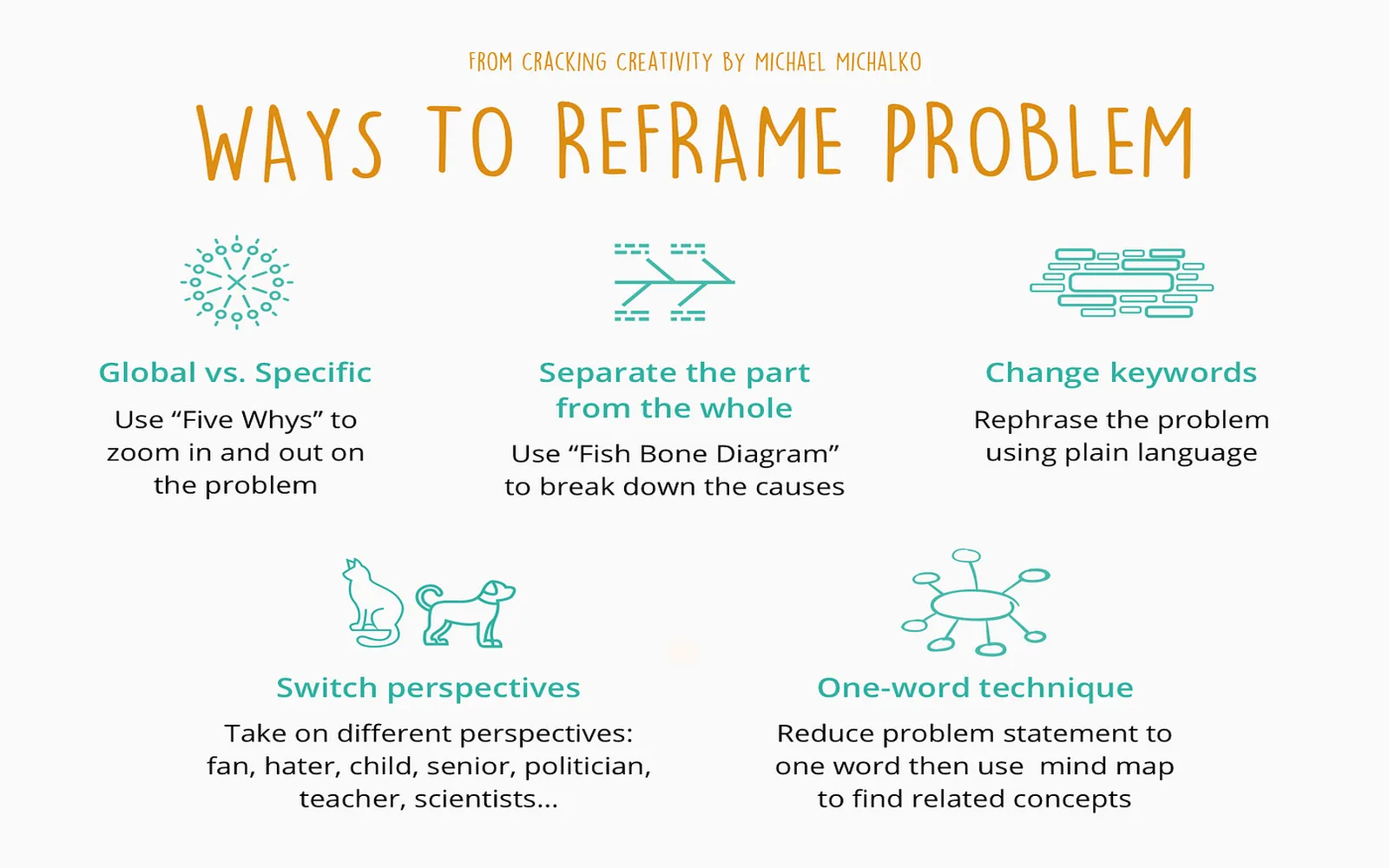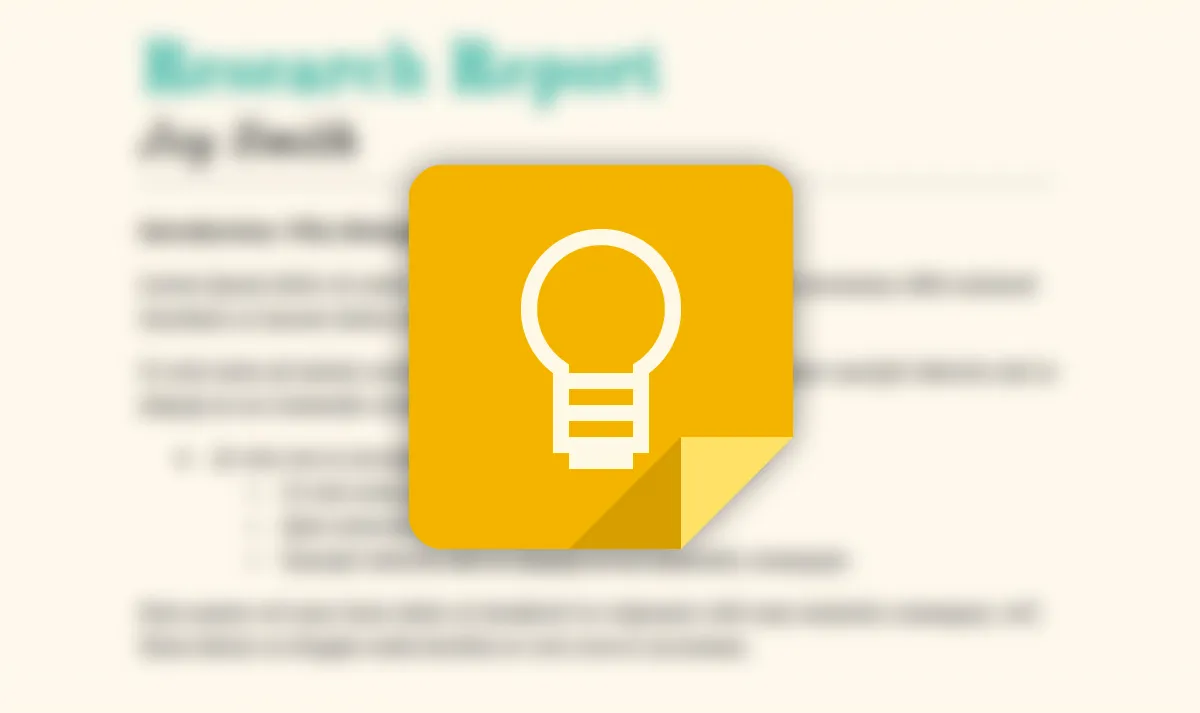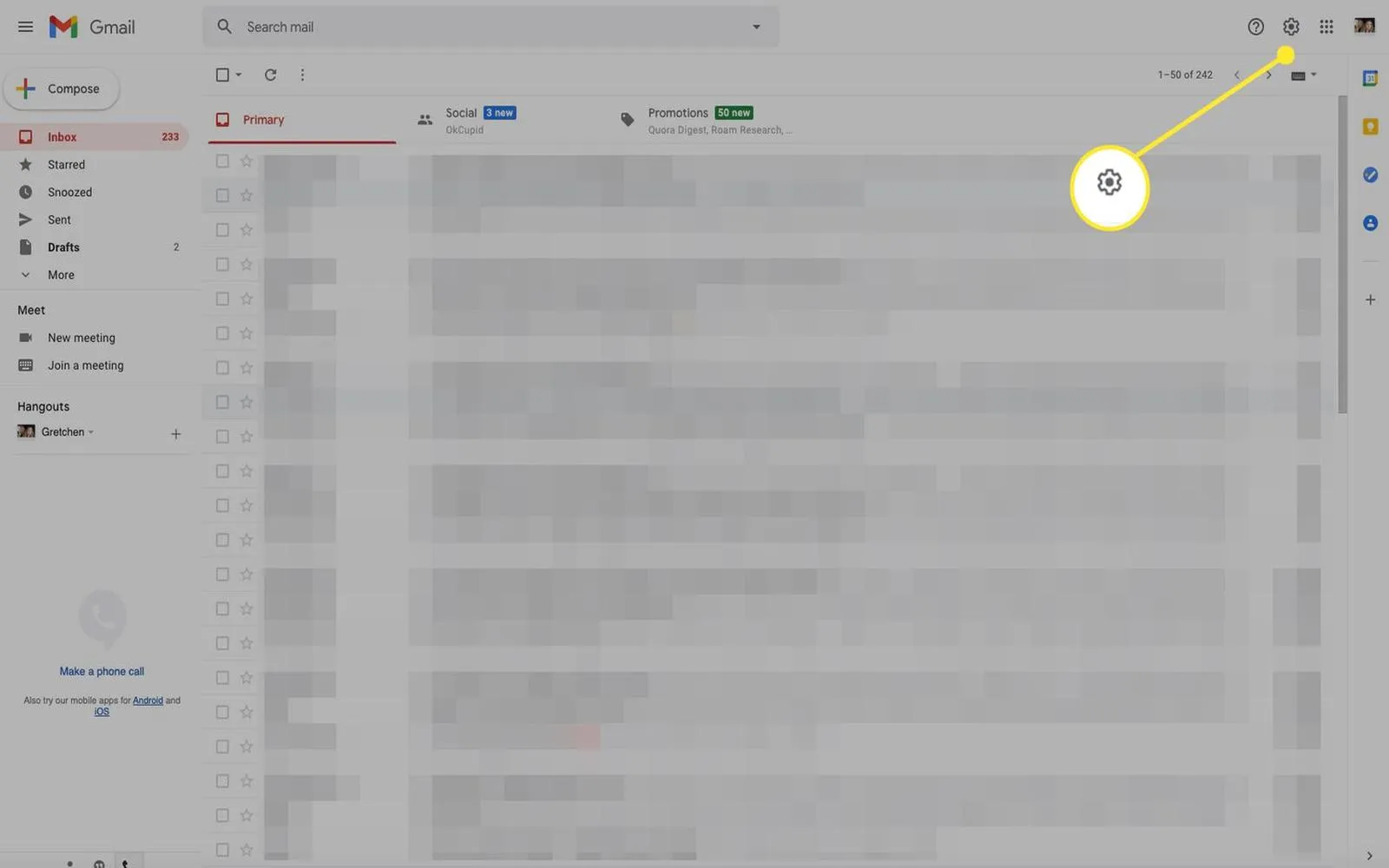Understanding Procrastination
Procrastination often gets a bad rap, but recent research suggests it can be a useful tool for creativity. Rather than viewing procrastination as a flaw, it's essential to recognize it as an opportunity to recharge your creativity. By allowing your mind to wander, you can enhance problem-solving skills and generate innovative ideas. This approach is not about avoiding tasks but rather enhancing productivity through strategic delays.
Why Procrastination Can Be Beneficial
When we think of procrastination, we usually envision a lack of productivity. However, science suggests that taking breaks can lead to a fresh perspective on projects. Here are a few reasons why procrastination can be beneficial:
- Enhanced Creativity: Allowing your mind to relax can lead to unexpected insights.
- Improved Focus: Short breaks can help you regain focus when you return to your work.
- Reduced Stress: Stepping away from tasks can help lower anxiety levels and improve overall mental health.
Science-Backed Strategies to Procrastinate with Purpose
To effectively procrastinate with a purpose, consider these science-backed strategies that can help recharge your creativity:
| Strategy | Description | Benefits |
|---|---|---|
| Mindful Breaks | Engage in mindfulness exercises or meditation during breaks. | Reduces stress and enhances mental clarity. |
| Physical Activity | Take a walk or engage in a workout to refresh your mind. | Boosts endorphins and increases energy levels. |
| Creative Outlets | Engage in hobbies like drawing, writing, or music. | Stimulates different parts of the brain and spurs creativity. |
| Change of Scenery | Work in a different environment or rearrange your workspace. | Encourages new thoughts and perspectives. |
| Socializing | Spend time with friends or colleagues to share ideas. | Provides inspiration through discussions and collaborations. |
Incorporating Procrastination into Your Routine
To effectively use procrastination as a tool for creativity, it’s important to incorporate it into your daily routine. Here are some tips to help you do just that:
- Schedule Breaks: Plan regular intervals throughout your day specifically for breaks.
- Set Time Limits: Use techniques like the Pomodoro Technique to maintain focus while allowing for short, purposeful procrastination.
- Embrace Downtime: Allow yourself to indulge in leisure activities without guilt, as they can lead to creative breakthroughs.
Mindfulness and Creativity
Incorporating mindfulness into your procrastination strategies can significantly enhance your creative output. Mindfulness helps you to be present, reducing stress and creating a mental space where new ideas can flourish. Consider practicing these mindfulness techniques:
- Breathing Exercises: Simple breathing techniques can help calm your mind and enhance focus.
- Visualization: Visualize the completion of your tasks to create a sense of accomplishment and motivation.
- Journaling: Write down your thoughts and feelings to clear mental clutter and make room for creativity.
Real-Life Applications of Purposeful Procrastination
Many successful individuals have leveraged purposeful procrastination to enhance their creativity. For instance, renowned authors often take breaks from writing to engage in unrelated activities that inspire their work. Similarly, tech innovators like Steve Jobs advocated for the importance of downtime to foster creative thinking. These examples show that taking a step back can lead to significant breakthroughs in various fields.
Conclusion
Procrastination doesn’t have to be a hindrance; when approached correctly, it can be a powerful tool for enhancing creativity. By understanding the science behind procrastination and implementing purpose-driven strategies, you can recharge your mind and come back to your tasks with renewed energy and innovative ideas. Embrace these techniques, and remember that sometimes, stepping away is just as important as diving into your work.





